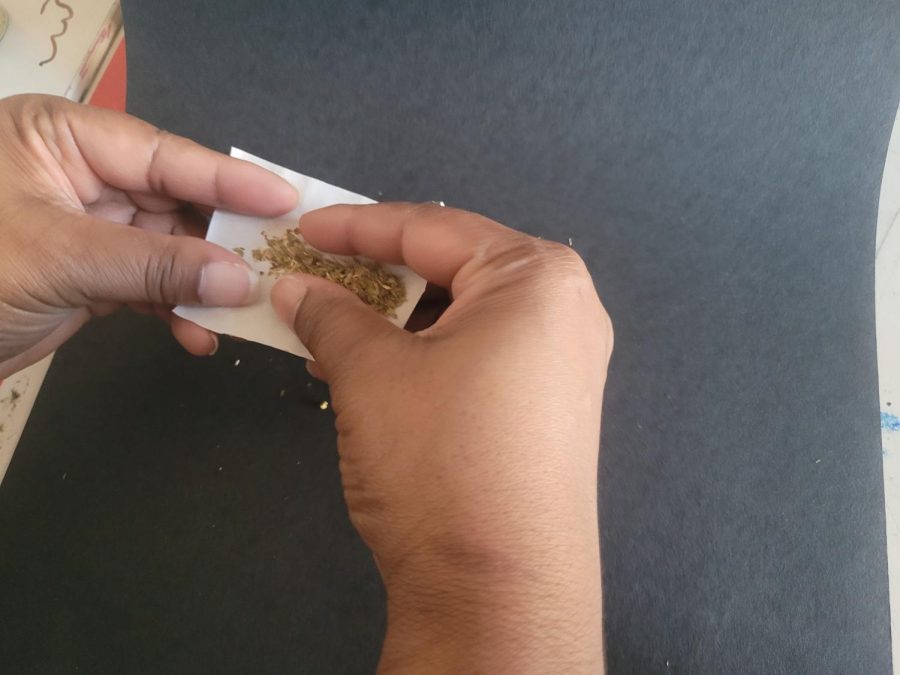Marijuana’s rise and impacts
Marijuana is a largely used drug for many, including young adults and teenagers. Recently, there have been laws passed to legalize it. As of 2016, marijuana was allowed for medicinal use only and, as of March 2021, former Governor Andrew Cuomo passed laws for the recreational use of marijuana. This means you no longer need to have medical proof for using it.
The legalization and increase of marijuana production seeps into the lives of teenagers due to increased peer pressure and the stress of school, clubs, sports life and even family life.
Though using marijuana is legal, it is specifically for those who are at least 21 years of age. One 10th grade IHPCH student feels that, “The legalization is very convenient,” explaining marijuana has become more accessible.
But with more accessibility comes more of a dilemma. Another IHPCH student acknowledges that, “People who have an advantage to get it depend on it more.” The addictiveness of marijuana can become an issue.
Though the IHPCH students interviewed state that marijuana gives them a euphoric feeling, makes them happy and puts them in a lighter mood, this is because of the main component found in marijuana. Tetrahydrocannabinol, also known as THC, is said to relieve pain, improve sleep, reduce nausea and vomiting, improve one’s appetite, and improve one’s overall quality of life.
At a glance, these may seem like benefits; however, research proves that marijuana negatively impacts the academic performance of students, lessening their chances of graduating. Other long term risks of marijuana include a decrease in mental health leading to anxiety and depression; a loss of eight points of your IQ when used at a young age; a decrease in athleticism such as timing and efficiency in a sport; and a decrease of mobility.
Marijuana’s rise and impact affects younger generations and will continue.
Your donation will support the student journalists of Institute for Health Professions @ Cambria Heights. Your contribution will allow us to purchase equipment and cover our annual website hosting costs.

My name is Elissia London, and I’m a very bubbly, happy, and fun person. I’m in 10th grade, and I am a writer and part of the business/promotional...
























